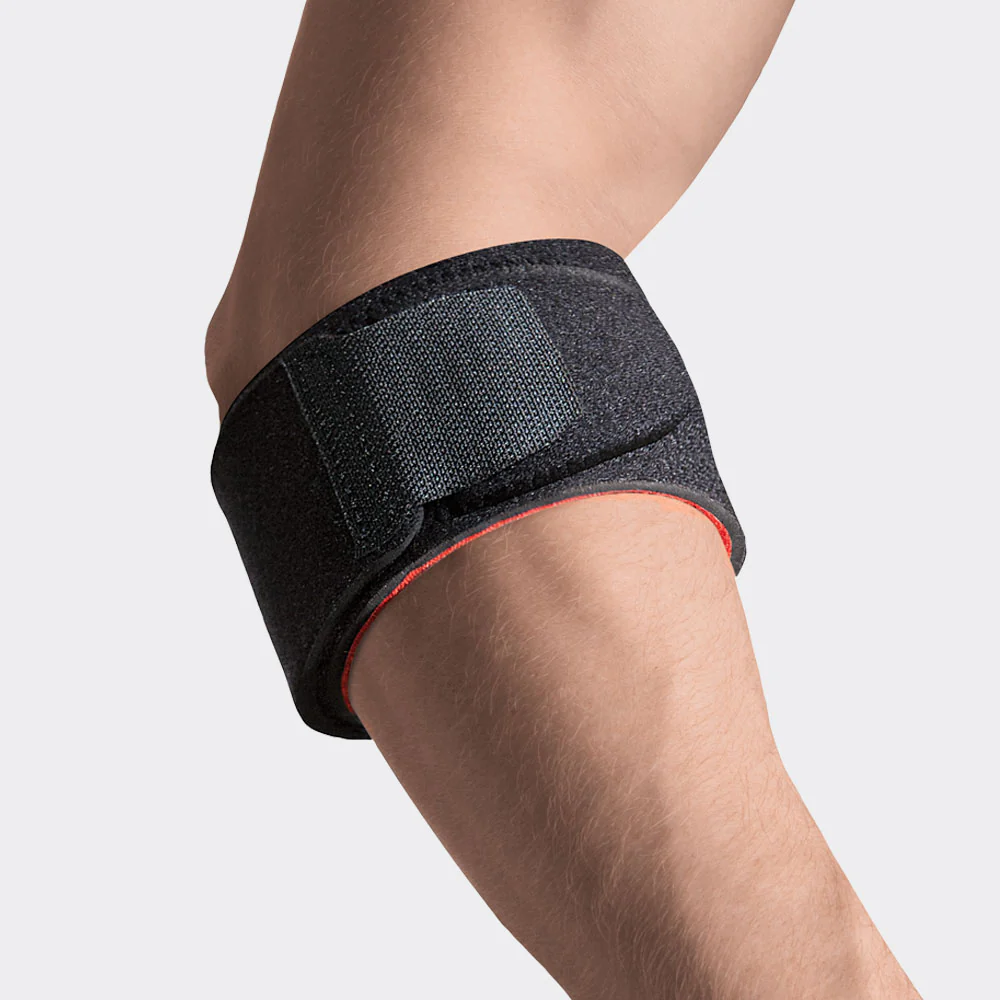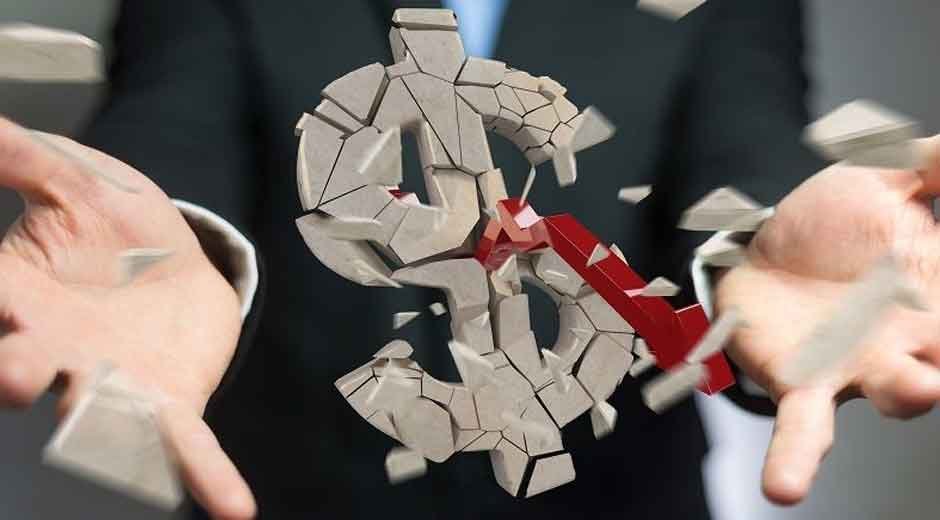Tennis Elbow Management: A Complete Guide

Lateral epicondylitis, or “tennis elbow,” is an irritation of the insertion of the wrist extensors on the lateral epicondyle of the humerus. The condition occurs in 1–3% of the population, most commonly between the ages of 35 and 54. 40–50% of tennis players are reportedly affected, and 15% of workers in at-risk industries develop symptoms.
Occupations that require repetitive overuse of the elbow, forearm, and wrist, particularly in gripping and wrist extension activities, are considered at risk.
Prevalence in My Practice
In my small outpatient practice here in OKC, Oklahoma, about 5% of the clients I work with have elbow disorders; tennis elbow is by far the most common diagnosis seen. Pain over the lateral epicondyle, typically reproduced by resisted wrist extension, is a defining feature of tennis elbow.
Impact on Function
Activities involving the wrist, such as grasping and pinching, are often affected, causing decreased functional use of the involved hand. The extensor carpiradialis brevis and extensor digitorum are the most commonly involved tendons.

Treatment Approaches
A variety of treatment approaches have been used for tennis elbow. A conservative approach is universally recommended and should be attempted for at least 12 months before any surgical approach is considered.
In June 2013, a task force of experts from Vancouver, British Columbia, Canada, created the Lateral Epicondyle Tendinopathy (LET) Toolkit. The purpose of the toolkit was to provide clinicians with information (both evidence-informed and expert-informed) to facilitate clinical decision-making regarding the management of tendinopathy of the lateral epicondyle. Here is the summary of the document:
- The document provides guidelines on the assessment and treatment of lateral epicondyle tendinopathy (LET).
- Sections cover algorithms, risk factors, clinical assessment, outcome measures, interventions, exercise prescription, manual therapy, laser dosage, and braces and tape.
- Non-modifiable risk factors: age, gender, metabolic disorders, genetics.
- Modifiable risk factors: smoking, overuse from sports or work, previous injuries, lifestyle factors.
- Assess the upper quadrant, local exam, and imaging, and rule out differential diagnoses.
- Recommended outcome measures: PRTEE, NPRS, and the Pain Free Grip Test.
- Strongly consider elbow mobilization for chronic LET; may consider it for acute LET.
- Consider spinal mobilization for signs of cervical or thoracic dysfunction.
- You may consider soft tissue techniques combined with other modalities.
- Strongly consider local or kinetic chain exercises for chronic LET.
- There is no single best type of exercise tailored to the patient’s capacity.
- You may consider acupuncture for pain relief.
- Consider dry needling for short-term benefits.
- Consider laser therapy per the WALT guidelines.
- Consider high-intensity laser therapy for chronic LET that is unresponsive to other treatments.
- Consider ultrasound in acute or chronic LET.
- May consider extracorporeal shockwave therapy for acute pain modulation.
- Consider low-energy radial or focused shockwave therapy for chronic LET.
- Consider iontophoresis with dexamethasone for short-term pain relief in acute LET.
- May consider a counterforce brace in early-phase rehab for chronic LET.
- You may consider taping as an adjunct treatment.
- Consider elbow mobilization with movement for chronic LET.
- Perform Mills manipulation in specific arm/wrist position.
- Consider adding exercise to enhance effects of manual therapy.
- Provide supportive, empathetic approach with manual therapy.
- Consider radial head and neural mobilization techniques.
- Details on sets, reps, intensity, frequency given for home programs.
- Passive stretching and deep transverse friction massage techniques outlined.
- Consider multimodal approach – combine modalities like exercise, mobilization.
- Laser dosage should be prescribed in Joules, not Joules/cm2.
- Follow WALT guidelines for optimal laser dosage.
- Shockwave therapy details – energy flux density, number of shocks/sessions.
- Iontophoresis protocol outlined for dexamethasone.
- Counterforce brace thought to diffuse tissue load away from pathology.
- Taping techniques aim to decompress soft tissues.
- Chronic LET symptoms beyond 6 months may warrant further investigation.
- Assess contributory biomechanical and biopsychosocial factors.
- Progress home exercise and sport activity as symptoms improve.
- Provide patient education and activity modification early on.
Recommended Interventions
According to the LET toolkit, clinicians should strongly consider using eccentric loading exercises and a manual therapy technique for the elbow known as mobilization with movement (MWM). Clinicians should also consider using other manual therapy techniques such as massage, radial head mobilizations, neural tension techniques, and cervical and thoracic spine mobilizations. Other interventions to be considered for use are ultrasound, laser, and counterforce braces.
My Treatment Approach
At Stover PT, I see people with a wide range of upper extremity problems, including tennis elbow. My treatments may include any combination of passive and active range of motion stretches, strengthening exercises, manual therapy techniques, functional training, or pain modalities. I take all of my patients with elbow pain through a thorough history and physical examination that includes assessment of active, passive, and resisted movement testing.
Assessment and Diagnosis
My physical examination also includes an assessment of repeated movements and repeated resistance testing to identify the nature of the pain (mechanical or chemical). Frequently, these conditions behave mechanically, and the repeated testing allows me to subclassify the patient’s mechanical pain into articular or contractile disorders, thus allowing me to develop a condition-specific therapeutic rehabilitation program. Lateral elbow pain is often classified as contractile dysfunction involving the wrist extensor muscle group.
Treatment Rationale
I often treat these disorders with controlled movements of varying dosages to promote a remodeling or healing effect on the dysfunctional contractile tissues.
Outcomes
I track the outcomes of my clients with elbow disorders using a standardized instrument called the Disabilities of the Arm, Shoulder, and Hand Questionnaire (DASH). The DASH is a self-report instrument that assesses upper extremity pain and function. Higher DASH scores represent more pain and lower function and lower DASH scores represent less pain and more function. I have documented outcomes of 20 patients with tennis elbow treated at my facility. This group of patients average initial DASH scores was 25 and at discharge reduced to 12.
Conclusion
If you have elbow pain try physical therapy that involves mostly exercise and manual therapy procedures and you will likely resolve your problem without the need for injections or surgery.





